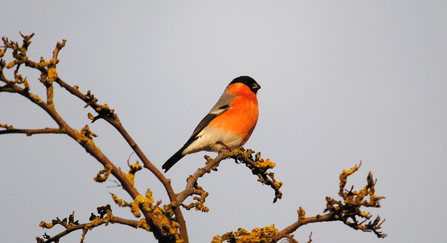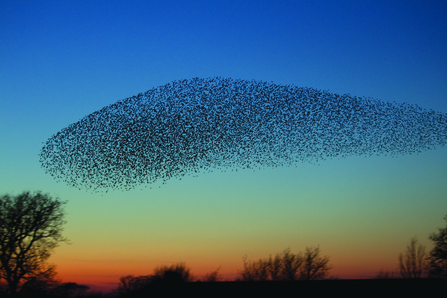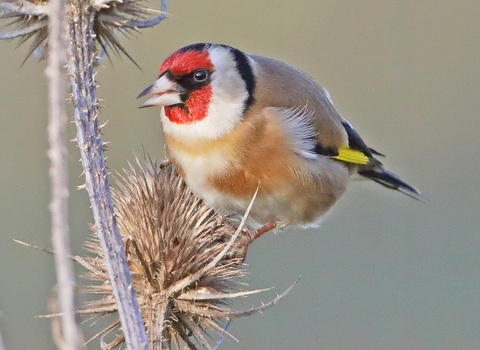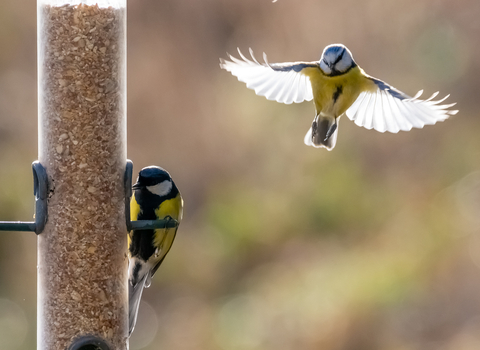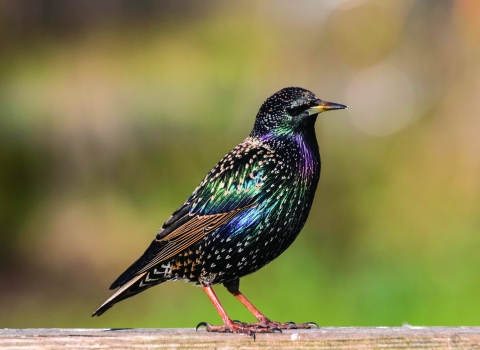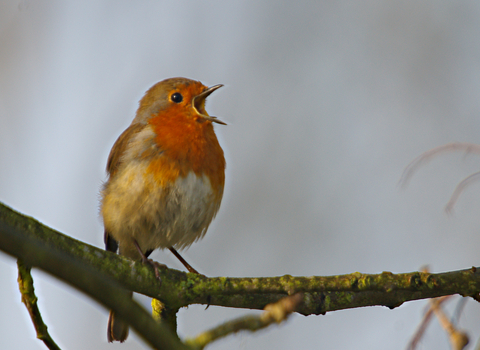January is a fantastic time to dust of your binoculars, grab your bird guide and go bird watching.
Bird watching is one of life’s simple pleasures – and our avian friends are particularly industrious in January! The flashes of vivid colour brought by bullfinches, goldfinches, blue tits and starlings are also the perfect thing to brighten up the otherwise monochrome landscape.

